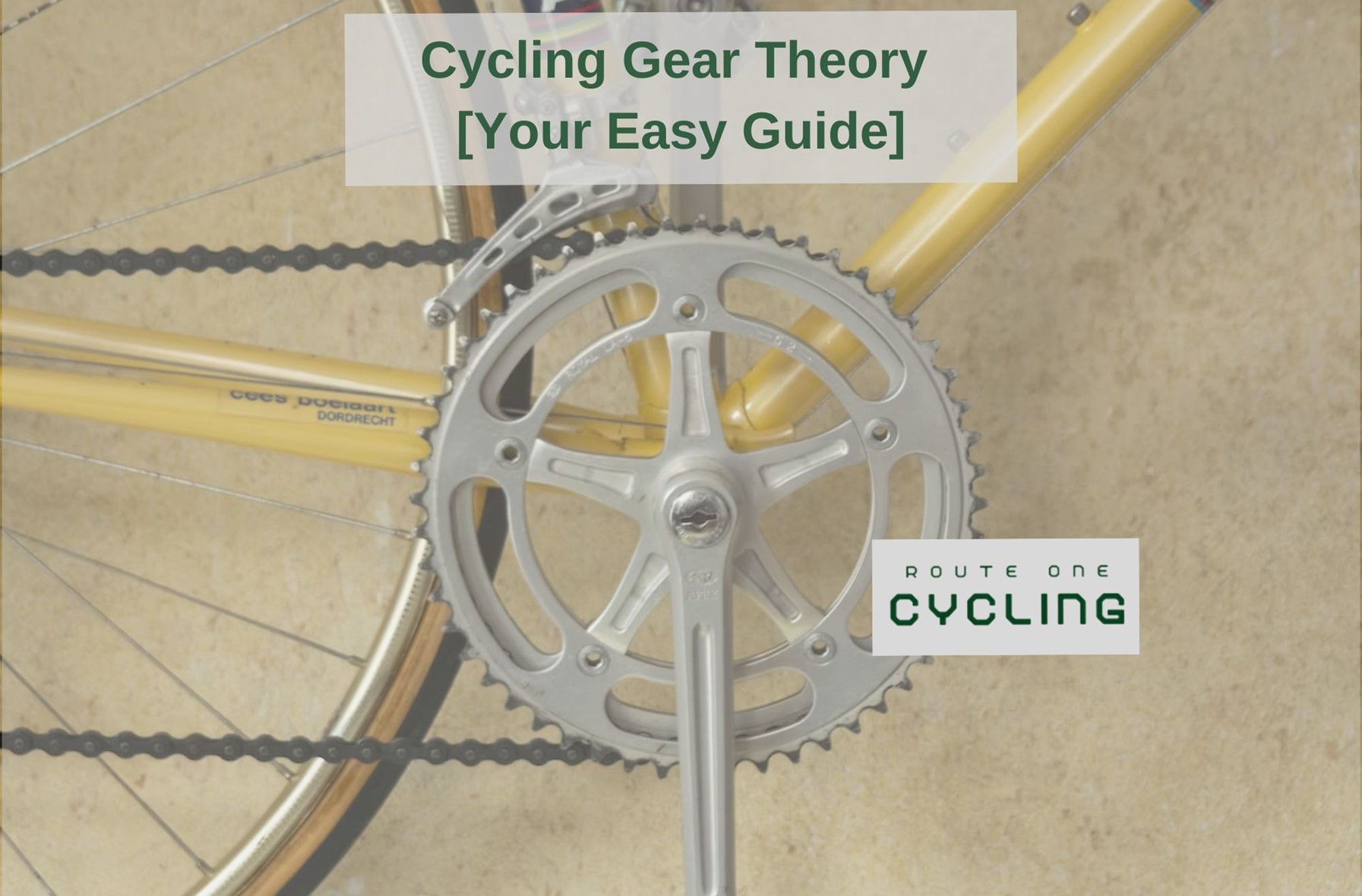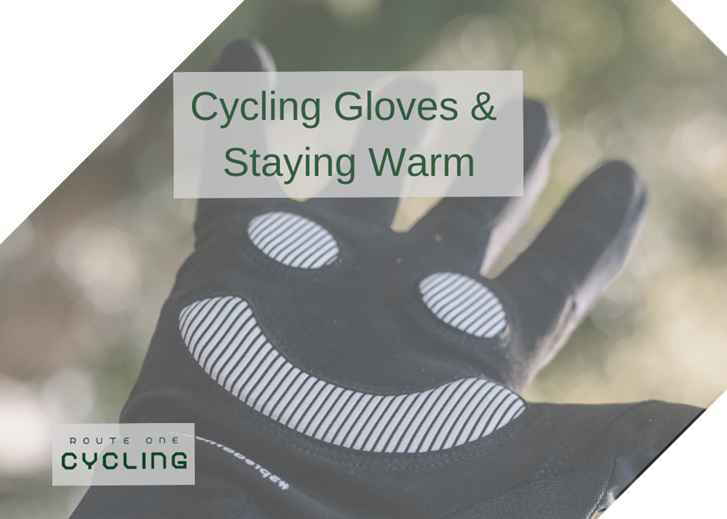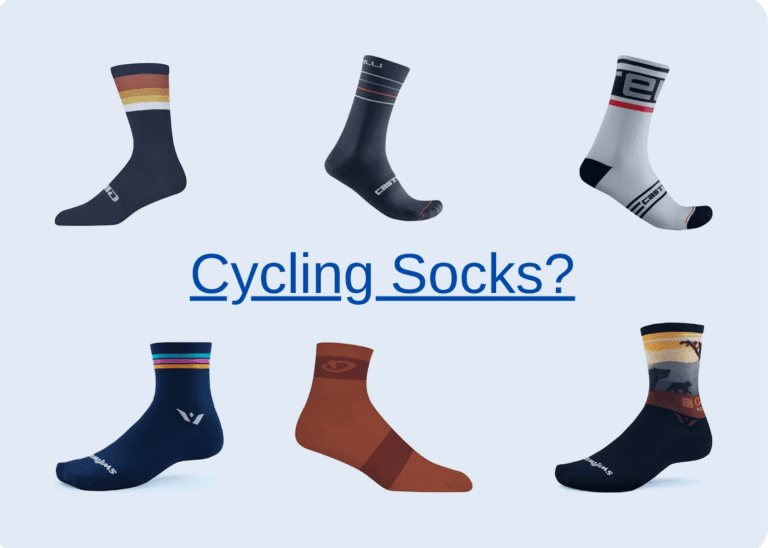Gear Resistance Guide: Low and High Energy Gears [Easy]
The whole gear thing in terms of resistance, ratios and understanding when to shift can be fairly confusing at first so we were asked to write a publication on how to change and when. For instance knowing when to change to low gears for less resistance, and high gears for more resistance.
The idea is that when you want more resistance (and fewer turns around your crankshaft) per a certain amount of distance, then you shift higher. You will be able to capture more power this way, though it will lead to more fatigue and is more difficult to ride this way for long distances.
Conversely if you want less resistance (and more turns around your crankshaft) per a certain amount of distance, then you shift lower. You will be able to ride longer as there is less resistance keeping you from spinning your wheels forward.
There are other intricacies of this like ratios between the front and back gears, though in this publication, you’ll learn more further down.
Of course, as an aside, make it a point to stray away from shifting while you are going up hills. It can do damage to your bicycle and the components will not last as long. If you do break your chain, you should read this guide to understand what to do next.
In this publication you will learn about why you ought to shift up for more resistance and down for less resistance. You will learn why it’s easier to pedal in a low gear. You will also learn about injuries that you can avoid by selecting the correct gear, and how it can enhance your endurance cycling.
High Gears For More Resistance
When you are riding in high gears, you will be faced with more resistance.
Specifically, this will be your large chain ring in the front in combination with your smallest chain ring in the back.
The reason why this is considered high gears is because the amount that you will need to rotate the bicycle’s crank over a certain distance will lower which will mean that you will need to produce more power to keep it moving.
Of course, this also means that higher speeds can be reached.


These gears are useful for maintaining control while riding downhill at high speeds and flat sprints where there is little to no crosswind or headwind.
Low Gears for Less Resistance
When you are riding in low gears, you will be privy to far lower resistance than high gears.
Specifically, this will be your small chain in the front in combination with your largest chain in the back cassette.
The reason this is considered low gear is because the amount that you will need to rotate the bicycle’s crank over a certain distance is higher in comparison to the high gear rotation amount over a certain distance. The higher number of rotations will mean that you need to produce less power, but produce more rotations to keep the bicycle moving.
Of course, this also means that you are not able to reach as high speeds in comparison to the high gears.
However, the reason why these low gears are useful is because you can climb hills far easier in these gears, and you can ride for far longer over more distance in these gears. It is also great when facing difficult winds to cut through them with less resistance.
Finally, it is very difficult to get a body injury, or aggravate a body injury when riding in low gears.
Why is it easier to pedal in low gear?
There are plenty of ways to calculate the gear ratios available. The simplest way is to count the amount of teeth on your front gear and divide it by the amount of teeth on your back gear.
To keep it very simple for this publication:
- The closer the front gear size is to the size of the cassette in the back means that the ratio is lower or closer to 1.
- The further the front gear size is away from the size of the cassette gear in the back means that the ratio is further away and larger than 1.
When your gear ratio is closer to 1, this means that there are more rotations and you are in a lower gear. When you have more rotations over a certain distance, then it is easier to pedal in a low gear.
This is the basic make up of a simple machine where if the amount of work that you are doing is spread out over more distance or time, then the amount of force to allow that work to be completed will be spread, and consequently feel easier.
This is the case for cycling in a low gear. There are more rotations, therefore you do not need as much force at that specific point in time to move the bicycle forward.
Keep in mind if you are having shifting problems or your chain is skipping, there may be a problem with the components. Read on here to solve this problem simply and easily.
Is it better to cycle faster or with more resistance?
It depends on your goals with cycling and we will discuss the pros and cons for both. Cycling faster in general is easier, though it can lead to your bicycle going slower.


Cycling with more resistance can be more difficult and lead to higher speeds though you may tire out faster. Here is the more in depth list of pros and cons to cycling faster over cycling with more resistance.
Cycling Faster
There are many pros to cycling faster including avoiding injury in the knees. Others include:
- This is an easier place to burn fat over a long term exercise regimen
- You can go further distances
- You will not receive any issue of Knee Ligament Injury
- You will climb hills easier
- You will cut through wind easier
Cycling with more resistance
When cycling with more resistance, you will have higher speeds available to you and a higher heart rate. Other reasons to cycle with more resistance include:
- Higher heart rate
- Higher speeds accessed
- High Intensity workouts that are great for HIIT [High Intensity Interval Training]
Many long term cyclists tend to look to cycle faster as you can continue this over the long term and burn a lot of fat over time in this pace.
However, if you want to build more muscle, cycling with more resistance may be a good choice.
It should be known that this is the only way to aggravate ligaments and muscles through cycling so be sure to warm up and cool down correctly when cycling for more resistance.
Road Cycling and Resistance
It is typically known that when you are road cycling, you should be on the lowest resistance possible.
The way that we like to think about it is to keep shifting down until you feel the bicycle begin to lose balance because you are putting too much power into the bicycle which causes it to wobble.
This does many things from protecting your knees, to allowing you to accelerate faster, to allowing you to go further, longer. When in doubt choose a lower gear.
Conclusion: Low gears for Less Resistance
In this post you should have learned the basics of gear shifting for your bicycle when cycling. The low gears are easier to turn when going up a hill and more soft on your ligaments and body. You will ride longer and be able to last longer.
High gears are great to increase speed and heart rate. However, this is similar to sprinting on a track. The effort and amount of output is typically past your aerobic capacity and can not be held for too long before the body needs time to recover.


![How fast can a bicycle go downhill? [Top speeds for pro cyclists and the average rider]](https://routeonecycling.com/wp-content/uploads/2023/04/How-fast-can-a-bicycle-go-downhill1.png)




